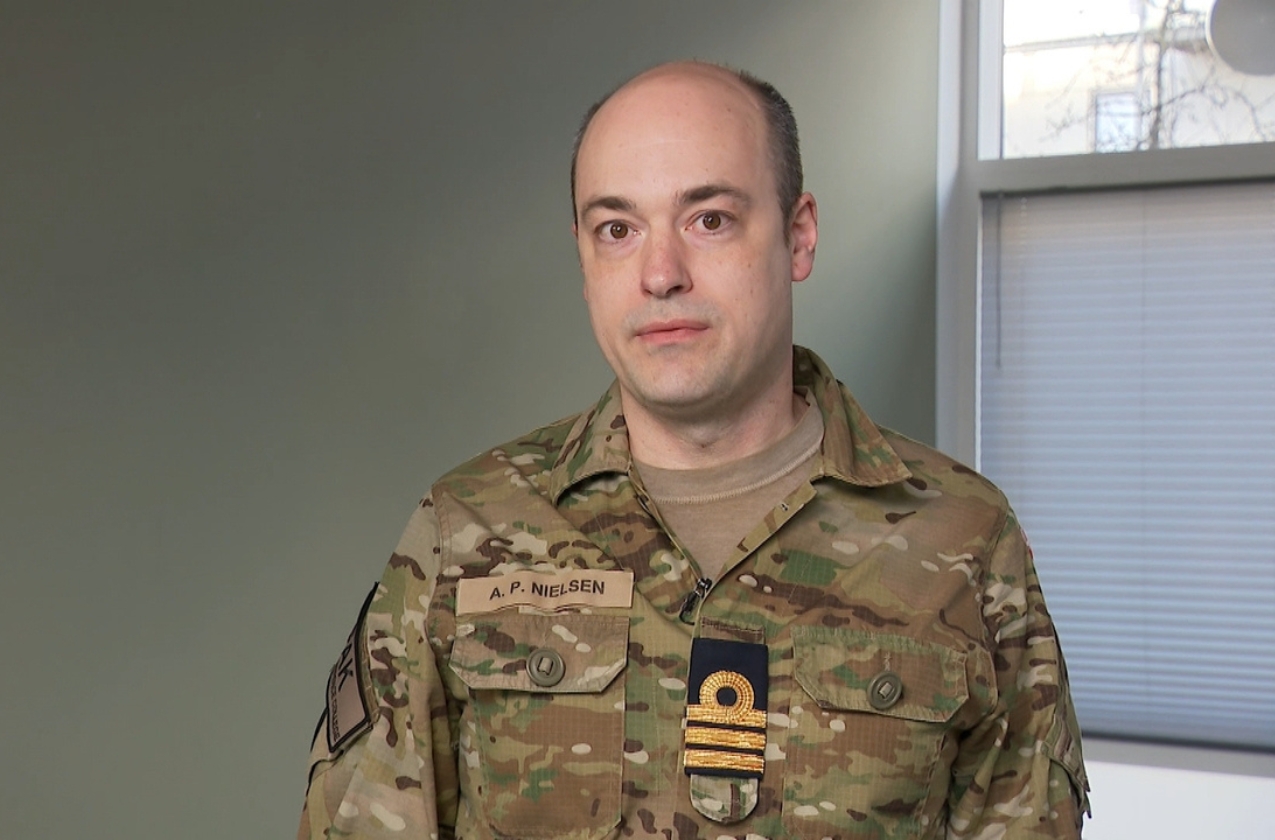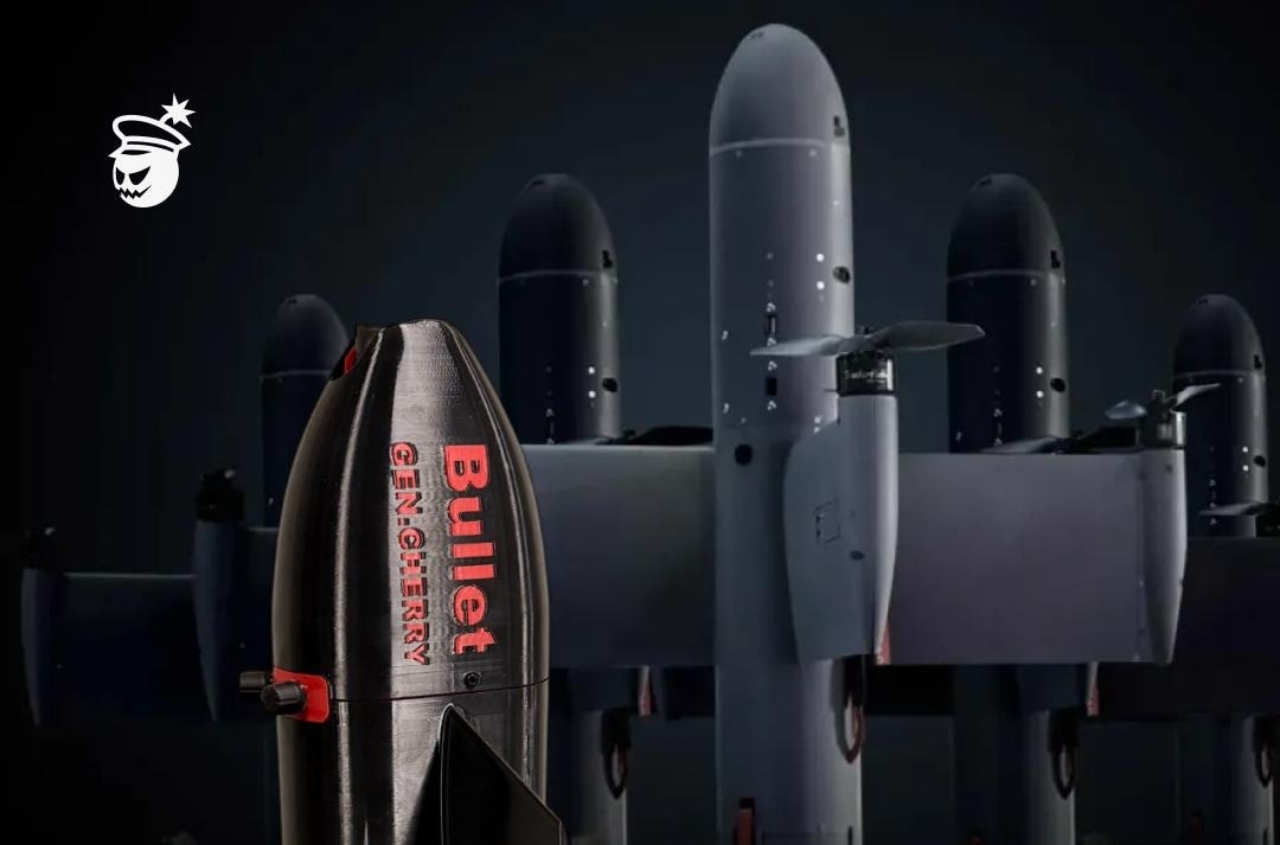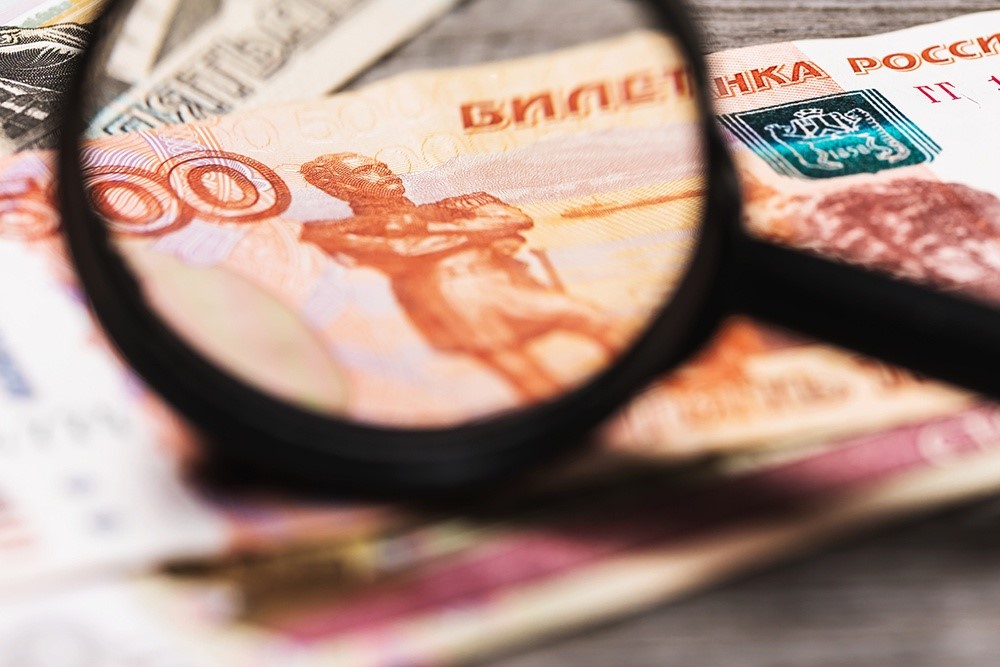Military analyst Anders Nielsen from the Danish Royal Defense College on manned and unmanned aviation in wars.
Here is a summary of the key points:
• Many in NATO countries reject the need to rapidly develop drone technologies to reach the level of Ukraine and Russia.
• Their argument is based on the fact that in the Russia-Ukraine war neither side has air superiority, and drones are simply used as a substitute for manned aviation. These people believe that in a possible war between Russia and NATO, Alliance aviation will gain air superiority, and such a large number of drones will not be necessary.
• However, this is a very dangerous assumption. Indeed, NATO countries have many more combat aircraft than the Russians—even Europe alone, without America, can field more. Doctrinally, Alliance countries also rely much more on air power. However, achieving air superiority by NATO faces two significant factors that could greatly influence the course of the war.
• The first factor is that many in the West are under the false impression that the war will definitely be short and that the existing weapons will determine its outcome. But throughout history, hopes for a quick war have often led to very long wars.
• Then the direct question arises: how to maintain aircraft combat readiness—after six months of fighting or after three years? The Russians are very tolerant of losses—what if they hold out for months under Western air superiority, but the Western countries cannot maintain it due to accumulating losses, gradual depletion of aircraft resources, and a shortage of ammunition for a long war?
• The second factor is how much drones replace manned aviation. A large number of manned aircraft missions are to support ground forces. However, what drones do also fits well into the classification of air support. Manned aircraft currently carry large amounts of ammunition—but drones are actively developing in this direction.
• What we see on the battlefield in Ukraine is not a lack of air power. It is an unprecedented level of air power, where drones conduct widespread reconnaissance as well as ground force support to the extent that individual enemy soldiers can be destroyed.
• Of course, in terms of technical characteristics, manned aviation is much more powerful and has more capabilities—but drones win by numbers and cost. At the same time, manned aviation cannot fully suppress enemy UAV operators—Russian drone operators already have considerable experience continuing operations under pursuit.
• In the end, in a possible conflict between Russia and NATO, avoiding a static front line may well be impossible—and therefore, it is necessary to learn from Ukraine’s experience right now.


















